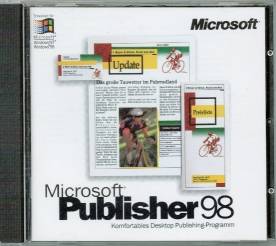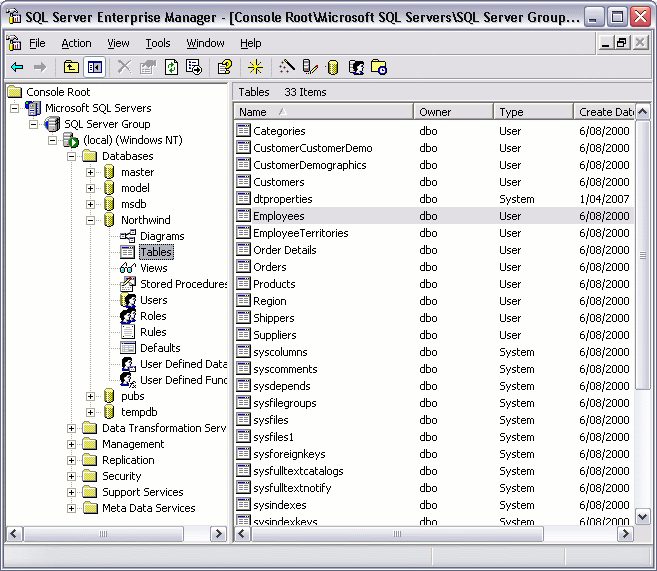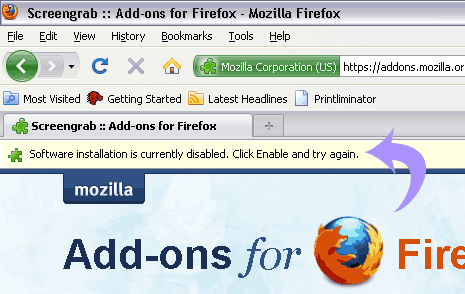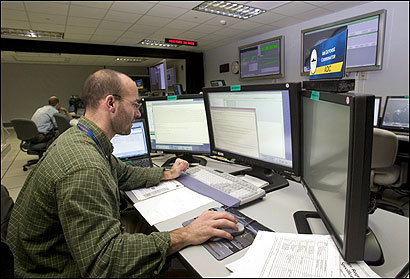File compression is commonly used when sending a file from one computer to another over a connection that has limited bandwidth. The compression basically makes the file smaller and, therefore, the sending of the file is faster. Of course, when compressing a file and sending it to another computer that computer has to have a program that will decompress the file so it can be returned to "normal" and used.
 A serious disk drive malfunction. A head crash usually means that the head has scratched or burned the disk. If the head becomes misaligned or if dust particles come between it and the disk, it can touch the disk. When this happens, you usually lose much of the data on the hard disk and will need to replace both the head and the disk
A serious disk drive malfunction. A head crash usually means that the head has scratched or burned the disk. If the head becomes misaligned or if dust particles come between it and the disk, it can touch the disk. When this happens, you usually lose much of the data on the hard disk and will need to replace both the head and the diskINTERNET HARD DRIVE
The sole purpose of an Internet hard drive is to offer a means of accessing your computer files from any computer, as long as that computer has access to the Internet. Similar to depositing money into your bank account, and later withdrawing that same money from any ATM machine, an Internet hard drive will allow you to "deposit" your computer files into a remote hard drive, and then later access those very same files from any other computer.
OPTICAL DISC DRIVE
In computing, an optical disc drive (ODD) is a disk drive that uses laser light or electromagnetic waves near the light spectrum as part of the process of reading or writing data to or from optical discs. Some drives can only read from discs, but recent drives are commonly both readers and recorders. Recorders are sometimes called burners or writers. Compact discs, DVDs, and Blu-ray discs are common types of optical media which can be read and recorded by such drives.
SOLID-STATE STORAGE
Solid-state storage is a nonvolatile , removable storage medium that employs integrated circuits (ICs) rather than magnetic or optical media. It is the equivalent of large-capacity, nonvolatile memory. Examples include flash memory Universal Serial Bus (USB) devices and various proprietary removable packages intended to replace external hard drives.

















































